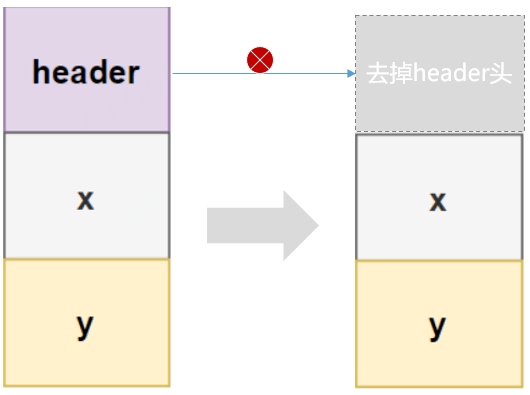如何使用Web组件制作可定制的天气小部件
译者 | 李睿
审校 | 重楼
天气小部件在许多网站和应用程序中都很常见,用户可以快速浏览特定位置的天气状况。但是,如果人们可以创建自己的可定制天气小部件,使其与自己网站的主题完美一致,并提供深入了解Web组件功能的机会,那么何乐而不为呢?本文将介绍如何这样做!

介绍
Web组件允许开发人员创建可重用和封装的自定义元素。而以下是构建一个天气小部件的目标:
- 获取并显示基于选定城市的天气数据。
- 提供自定义插槽,例如添加自定义标题或页脚。
- 根据天气状况动态更新其样式。
设计天气小部件
设计的这个小部件将包含以下部分:
(1)用于自定义的标题插槽。
(2)选择城市的下拉菜单。
(3)温度、湿度和天气状况图标的显示区域。
(4)用于额外定制的页脚插槽。
实现
(1)设置模板
首先为组件定义模板:
html
<template id="weather-widget-template">
<style>
/* Styles for the widget */
</style>
<slot name="title">Weather Forecast</slot>
<select class="city-selector">
<!-- City options go here -->
</select>
<div class="weather-display">
<span class="temperature"></span>
<span class="humidity"></span>
<img class="weather-icon" alt="Weather Icon">
</div>
<slot name="footer"></slot>
</template>
(2)JAVAScript Logic
接下来,将提供JavaScript逻辑:
JavaScript
class WeatherWidget extends HTMLElement {
constructor() {
super();
this.attachShadow({ mode: 'open' });
const template = document.getElementById('weather-widget-template');
const node = document.importNode(template.content, true);
this.shadowRoot.AppendChild(node);
this._citySelector = this.shadowRoot.querySelector('.city-selector');
this._weatherDisplay = this.shadowRoot.querySelector('.weather-display');
// Event listeners and other logic...
}
connectedCallback() {
this._citySelector.addEventListener('change', this._fetchWeatherData.bind(this));
this._fetchWeatherData();
}
_fetchWeatherData() {
const city = this._citySelector.value;
// Fetch the weather data for the city and update the widget...
}
}
customElements.define('weather-widget', WeatherWidget);
(3)获取天气数据
为了显示实时天气数据,将与天气API集成。下面是一个使用fetch API的简化示例:
JavaScript
_fetchWeatherData() {
const city = this._citySelector.value;
fetch(`https://api.weatherapi.com/v1/current.json?key=YOUR_API_KEY&q=${city}`)
.then(response => response.json())
.then(data => {
const { temp_c, humidity, condition } = data.current;
this.shadowRoot.querySelector('.temperature').textContent = `${temp_c}°C`;
this.shadowRoot.querySelector('.humidity').textContent = `Humidity: ${humidity}%`;
this.shadowRoot.querySelector('.weather-icon').src = condition.icon;
});
}
(4)动态样式
根据天气条件,可以将动态样式应用于天气小部件:
JavaScript
// ... Inside the _fetchWeatherData function ...
.then(data => {
// ... Other data processing ...
const widgetElement = this.shadowRoot.querySelector('.weather-display');
if (temp_c <= 0) {
widgetElement.classList.add('cold-weather');
} else if (temp_c > 30) {
widgetElement.classList.add('hot-weather');
}
})
使用天气小工具
在应用程序中使用这个天气小部件:
HTML
<weather-widget>
<span slot="title">My Custom Weather Title</span>
<span slot="footer">Weather data sourced from WeatherAPI</span>
</weather-widget>
结语
可定制的天气小部件不仅提供实时天气更新,还展示了Web组件的功能。通过这个练习,可以了解了如何封装逻辑和设计、获取和显示动态数据,以及使用插槽提供定制点。
Web组件提供了一种面向未来的方式来创建多用途和可重用的元素,而这个天气小部件只是冰山一角。
注:如果你正在使用WeatherAPI或任何其他服务,需要确保将YOUR_API_KEY替换为实际API密钥。需要始终遵循最佳实践来保护API密钥。
原文标题:Crafting a Customizable Weather Widget With Web Components,作者:Sudheer Kumar Reddy Gowrigari




























